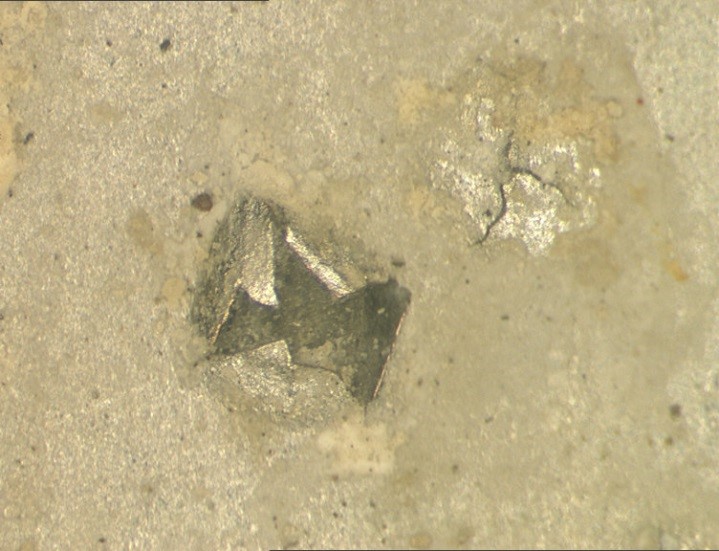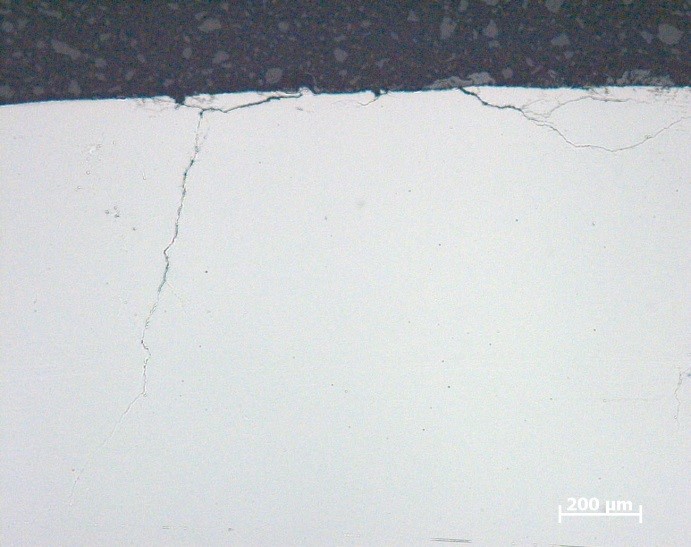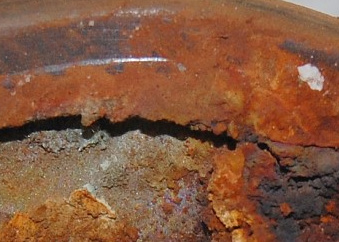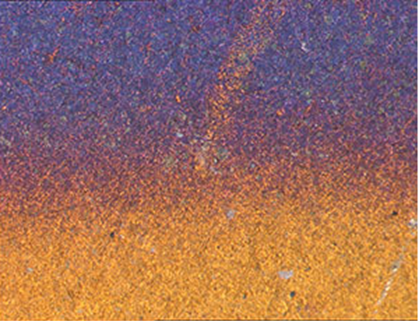Galvanic, Pitting and Crevice Corrosion
Galvanic corrosion, crevice corrosion and pitting corrosion are common problems in industrial environments due to the presence of water, a variety of metallic materials, aggressive species (such as acids, chlorides) and often high humidity and temperatures. Aqueous corrosion takes many forms with each presenting unique challenges. Common corrosion problems briefly include:

- Galvanic corrosion occurs between dissimilar metals in an electrolyte. Depending on what materials are coupled, the effect on the corrosion rate of the less noble metal can be very dramatic. This type of corrosion is common due to variety of alloys used in industrial applications.
- Pitting corrosion occurs in metals and alloys with a passive layer, such as stainless steel, aluminium alloys, nickel alloys and copper in environments containing aggressive species such as chloride ions. It is a particularly detrimental type of corrosion due to pits easily escaping naked eye inspections. Pitting rates can be rapid and as a result material can fail without prior notice with catastrophic results.
- Crevice corrosion is also common in industrial environments as it tends to occur in tight spaces such as joints between parts, under gaskets, inside cracks and under deposits. The nature of this corrosion is similar to pitting, and because of its hidden nature, it can be tricky to locate.
 Inappropriate material selection, poor installation and / or maintenance, materials not meeting stated specifications (coating thickness, compositions etc.) are often the reasons for corrosion and ultimately failures. Corrosion problems can be studied in many ways to understand the root cause and employ appropriate measures.
Inappropriate material selection, poor installation and / or maintenance, materials not meeting stated specifications (coating thickness, compositions etc.) are often the reasons for corrosion and ultimately failures. Corrosion problems can be studied in many ways to understand the root cause and employ appropriate measures.
LPD Lab Services have a vast experience in corrosion-related problem solving and failure investigations. The laboratory employ optical microscopy and SEM / EDX to visually and chemically characterise the corrosion. This provides information about the nature of the corrosion attack and its extent:
- Is it cracking?
- Is it pitting and is there a pinhole?
- Where does the attack originate?
- Identify aggressive elements from corrosion product compositions.
 LPD can do wet chemical or electrochemical testing using a Potentiostat to assess materials compatibility and corrosion mechanisms, such as immersion corrosion tests. Analysis of the elements using techniques like Ion Chromatography present help find the aggressive species which could have caused the attack, such as the presence of sulphates, chlorides, nitrates and their effect on the given material.
LPD can do wet chemical or electrochemical testing using a Potentiostat to assess materials compatibility and corrosion mechanisms, such as immersion corrosion tests. Analysis of the elements using techniques like Ion Chromatography present help find the aggressive species which could have caused the attack, such as the presence of sulphates, chlorides, nitrates and their effect on the given material.








